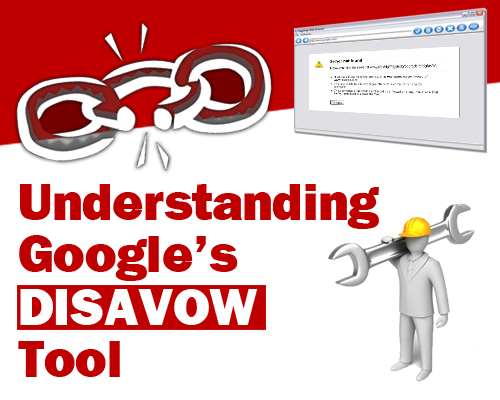The use of smartphones and other mobile devices has increased in recent years. And because more and more people are using these devices, search engine optimization (SEO) has become more dependent on accessibility to all devices. Many websites have found out that incoming traffic is more often coming from mobile sources including smartphones and tablets. Often a large chunk of the traffic comes from the use of these mobile devices rather than desktop computers. Google gets almost half of the traffic from mobile. Almost a fourth of online sales from the past holiday season came from smartphone or tablet users. It's not uncommon that many of us nowadays use mobile devices while watching television.
And because of that, it's necessary that a business website should be optimized for desktop and mobile access. Recently Google imposed penalties for non-mobile-friendly websites by lowering their rankings. Apart from that, Google now sends notations to sites that are adaptable to mobile devices when the search is done on one of these devices.
Google has a couple of tools to improve optimization and help make the website mobile-friendly.
- Google Page Speed Insights - allows the user to check the speed of a website, on desktop and mobile devices. The tool also highlights the elements that may slow down the loading of a website, as well as those that will be removed when viewed on mobile devices.
- Google Mobile-Friendly Test – This checks the usability and viewing factors. Then it sends back reports on what it recognizes as being detrimental to potential visitors. It also suggested ways how to fix them.
You should consider these factors when creating or editing a business website to improve mobile performance and SEO:
- Speed- Speed is essential to a website's performance and reputation. If users find a website too slow to load, they will lose interest in checking it further and find a faster website.
- Redirects - A lot of websites use redirects to send mobile users to a more mobile-friendly versions of the site, as well as desktop users to a more desktop-optimized version. If a website has faulty redirects (such as sending mobile users to a desktop version and vice versa), visitors will have trouble surfing the site and it will cause them to view the site as unprofessional.
- Content - Because not all mobile devices support common media formats such as videos or sound clips, universally-supported formats are the solution. They will provide a pleasant experience for the users.
- App Ads - If a website uses a certain app it is all right to put ads in the content or include a reasonably-sized advertisement. However, Google imposes a penalty for websites that are very large and block the rest of the content, or slows down the site's performance.
A site's quality content and a decent navigation are all what matters in SEO and mobile SEO, no matter what the category of a site.




 Tackling
Tackling 
 If making meaningful marketing maxims in 140 characters or less is easy – or even manageable – then chances are you use Twitter for your
If making meaningful marketing maxims in 140 characters or less is easy – or even manageable – then chances are you use Twitter for your